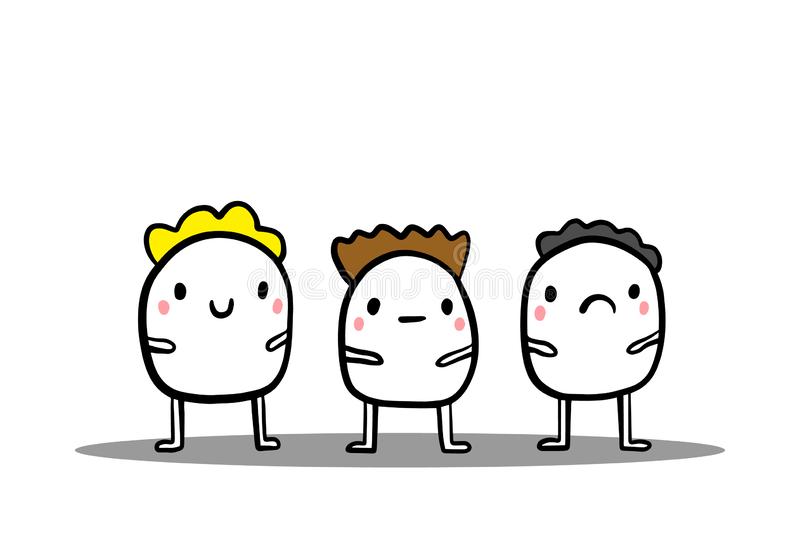What a Feeling!
Objective:
To understand the connection between actions and feelings
- To understand how other students might have different feelings for the same situation
needed: 30 minutes
Group Size: 5 -25
Materials needed:
- Chart Paper
- Markers
- Prepared statements on index cards prior to the activity
Description of the Tool:
Step 1: The educator introduces the activity. S/he prepares a large word bank by brainstorming a list of feeling words together with the students. The list can be written on white board or on chart paper so that all students can see it. The list of words may include: afraid, angry, brave, calm, confused, excited, frustrated, happy, hopeful, lonely, angry, nervous, sad, afraid and shy.
Step 2: Inform the students that they will be players on a very popular TV show called ‘What a Feeling!’. The students will be grouped in teams. Once doing so, become the show host and explain the rules.
Step 3: The educator (show host) will explain the rules to the players: the host will call out an action or behaviour that causes people to feel a certain way. For example, whenever I am near the sea I feel …. The contestants will try to name the feeling that is caused. Contestants will show that they know the answer by raising their hands and the show host will call on a contestant. The contestant will give the answer. If the answer is correct, the group will earn 10 points. The goal is to work together as a group! O
Step 4: The last round will consist of a bonus question valued at 20 points!
Step 5: If a different feeling is named in the different rounds, the team will get a bonus 5 points. The educator (show host) will keep track of the words already identified through a tally. If new feelings are introduced by the team, these should be written down on the white board / chart paper.
Step 6: At the end of the activity, take some time to discuss what happened during the game and ask students what they find helpful when they share emotions (to start exploring an element of empathy).
Tips for educators
i. Rather than having competing teams, students can work together cooperatively so that they can gain as many points as they can. Thus, the focus is not on competition but on identifying feelings
ii. Instead of reading statements aloud, in order to be able to reach students with different abilities, pictures depicting feelings can be shown.
ii. Some suggested statements to be used are:
When I celebrate my birthday, I feel …
When I am with my friends, I feel …
When someone does not share with me, I feel …
Whenever I see nature, I feel …
At night, I feel …

